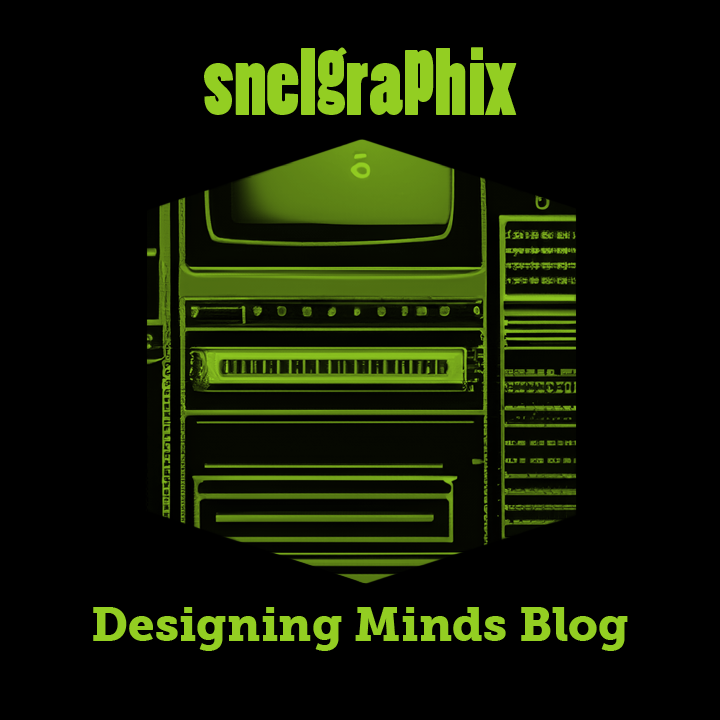Constructing Communication
The Snelgraphix Designing Minds Blog: Building with Wired Neurons
The Tower of Babel by Pieter Bruegel the Elder • Wiki Commons
Networking Brains
Our beliefs are usually built on foundations of socially influenced associations and unexamined assumptions. These beliefs motivate our behavior. Societies were once formed around single time-consuming endeavors that historically speaking, put people to work. We used to spend lifetimes employed in enterprises like building pyramids and cathedrals. Some of us were doing things like manually copying illuminated manuscripts, and indexing stellar phenomena. Some of us risked our lives doing things like navigating and mapping the globe by sea. Many of us simply had little time for self-reflection.
As we became more collectively industrious, we began to create revolutionary mechanical artifacts, like glass lenses, mechanical clocks, minted money, and movable type printing presses. This made our lives easier and changed the world forever. Now more of us had time on our hands to do things like learning to read. Mass produced books made all the difference. Of course, once these feats of human achievement were accomplished, we needed something else to do. Lucky for us, we have an instinct for invention.
By working together, with genetically granted tenacious imagination, and knowledge communicated internationally by way of the printed word, we revolutionize our existence. Wooden ships evolve into steamships and intercontinental railroads. As the railroad track makes its way from one coast of North America to the other, telegraph wire follows. Soon sea cruising ships, locomotive engines, undersea telegraph cables, and steam-powered printing presses in many international cities, mass producing newspapers in the appropriate languages, connect the world. Civilization’s construction continues.
We eventually harness the power of the waterfall with polyphase alternating current generators. This work of true genius, brings centuries of electrical research, conducted by many minds from around the globe, to fruition.
The marriage of chemistry and electrical engineering gives birth to the moving film image. Entertainment was once limited to low tech activities like storytelling around a fire. More elaborate productions were once limited to things like the medieval Catholic Mass or mystery plays. I’m sure you can imagine how we reacted to the development of the moving image. This technological achievement proves quite addictive. Human beings crave entertainment and really hate being bored, so we build countless film theaters on a global scale. We really start freaking out when someone figures out how to add audio to the moving film image. We start adopting new fashions even faster than during the silent film era, as a result of emulating the behavior of the celebrities we are seeing, and now hearing, on film screens. Modern Hollywood is born and the entertainment industry begins to take on an ever-evolving, fundamental role in shaping human behavior and perception.
Steel beams and improved concrete construction replace stone blocks, as preferred building material and metallic skyscrapers begin to pierce the heavens, dwarfing the cathedrals that were once the tallest buildings. Along with steel, humanity also ascends into the sky, achieving what once seemed impossible. Air travel, by means of international passenger jet routes, connected by electrical communication technology, becomes ubiquitous. And so the world continues to advance, becoming ever more linked and interdependent.
As film theater chains, with the recently invented newsreel, begin to circle the planet, we develop the telegraph into vacuum tube based technology; wired communication gets reimagined into its predicted wireless potential. Soon radio captures the auditory attention of the world. We then figure out how to send images reliably by means of the same airwaves that propagate radio signals. Broadcast television emerges, sending global human imagination into orbit.
Eventually, transistors replace vacuum tubes, producing electronic marvels that lead to a silicon revolution. This dramatically alters our existence worldwide, forever changing how we communicate.






























